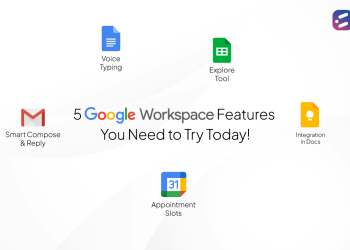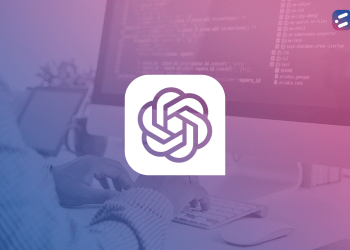A number of natural disasters occur each year, which could potentially increase due to climate change. Combine this with the fact that as many as 40 to 60% of businesses do not recover from a disaster, and the importance of being prepared for unexpected disruptions becomes all too clear. It is therefore surprising that despite this, 1 in 5 companies are not disaster ready.
These statistics, among many, many more, make the case for the need for a business continuity plan. And, of course, Covid-19 has illustrated just how vital a robust cloud-based business continuity plan really is.
So, what is a business continuity plan?
A business continuity plan (BCP) is a checklist for how a business will continue to operate when there is a disruption of regular operations. A BCP contains contingencies for business processes, supplies, equipment, backup site locations, human resources, and every other aspect of business that might be affected.
For businesses across industries, cloud-based technology has an important role to play in a BCP, given the cloud’s inherent ability to remain insulated from disruptions in the organization’s physical environment.

There are 3 key ways in which a cloud-based BCP can be beneficial.
1. Data
A cloud-based business continuity plan ensures seamless data flow, which means increased productivity.
Regular backups to the cloud are also easy, affordable, and accessible from anywhere. Backups can be automated so it is easy to restore from backup.
2. Software
Software as a Service (SaaS) solutions enable the use of multiple devices to access the software anytime, and from anywhere.
This is ideal in the case of disruptions that prevent employees from working at the organization’s offices, by enabling seamless remote work.
3. Infrastructure
Moving your infrastructure off-premise (which is what the cloud is all about) makes it possible to continue to develop, test, maintain and run apps from any location in the wake of unplanned disruption to the business.
Whether it is Infrastructure as a Service (IaaS), Platform as a Service (PaaS) or Storage as a Service (STaaS), the cloud offers solutions that help remove dependency on your physical infrastructure.
How would a customized cloud-based BCP work?
If off-the-shelf options are insufficient for your business needs, it is best to work with a reliable cloud service provider to create a secure business continuity/disaster recovery (BC/DR) platform off-premises for instant automatic backups to allow recovery from anywhere, any time.
The advantages to doing this would be that you wouldn’t have to install and manage the business continuity plan. You can be sure that it is on, safe, and monitored 24×7 with automatic back-ups without disrupting your business.
Also, you pay as you go, so it is cost-effective and scalable, which means that even small- and medium-sized businesses should be able to customize a business continuity solution, which can be accessed from any device.
But there are a few downsides to this as well. Data centers can still fail, so you still need to be in charge of backups and cloud security.
Also, cloud platforms can undergo maintenance, etc, during which you may experience downtime.
Hiring a cloud service provider would mean limited control in some aspects and you may also need to hire in-house manpower for cloud management.
There is no doubt that putting in place a well-considered business continuity plan is of tremendous importance. It ensures resiliency and can keep your business up and running, reduce operating costs, protect data, safeguard the brand, and retain customers in the wake of any kind of crisis that threatens to disrupt your business.
To create and implement the right cloud-based business continuity plan for your business, do get in touch with our cloud technology experts at CloudNow.













